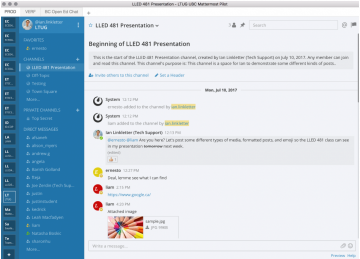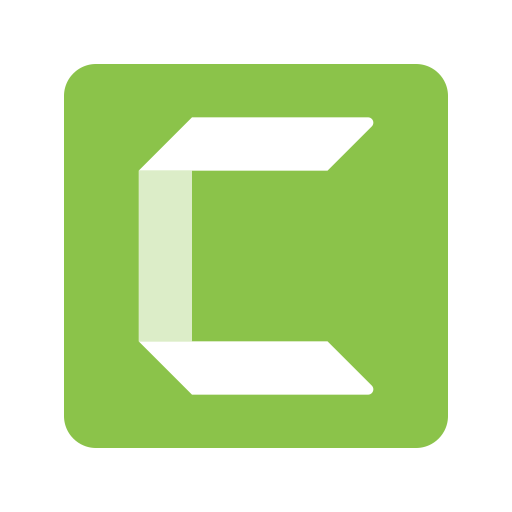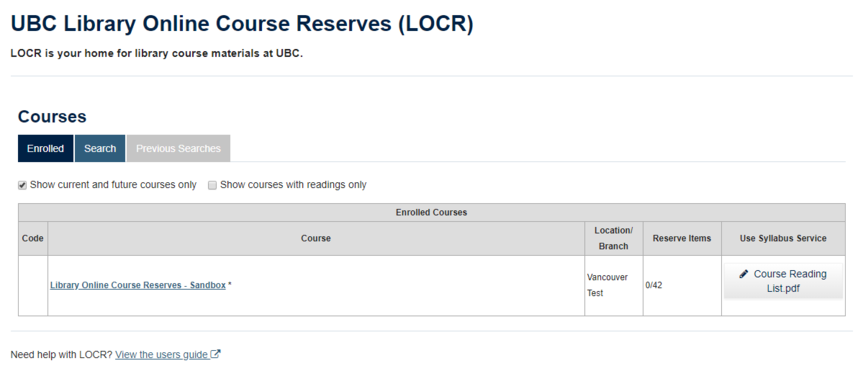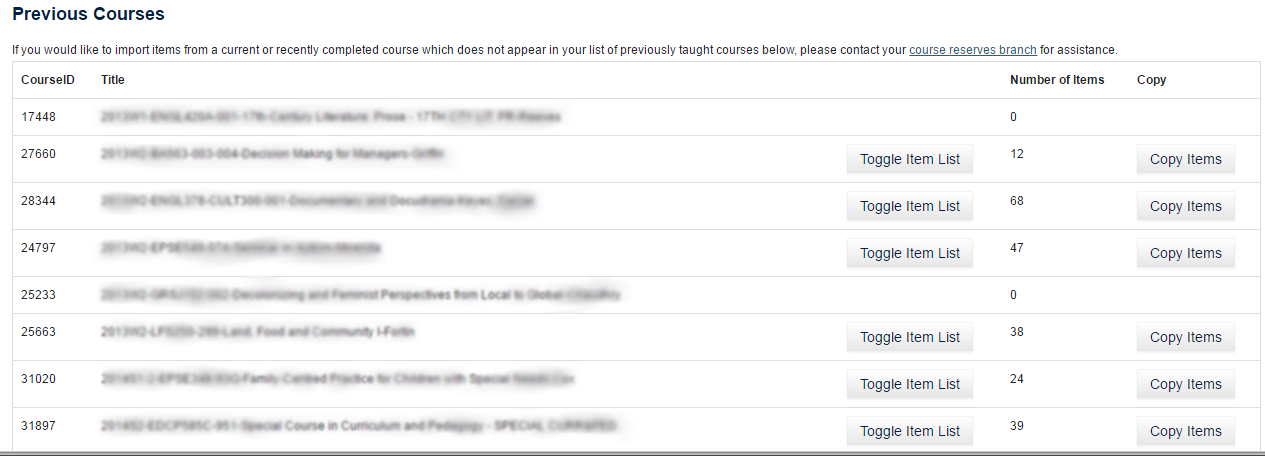The video production process is equitable, transparent and streamlined. Available resources are equally distributed among the following units: DNSO, ECED, EDCP, ECPS, EDST, LLED, NITEP, ORE, TEO. Approval from the Unit Head is required before the video production project can begin.
There are a number of Do-It-Yourself options that do not require the Heads’ approval. Please take a look at these options below.
Furthermore, you only need to complete the Video Production Request if dedicated AV technician time is required to complete your video production task (e.g., record an event, film an interview, produce a promo video, edit existing footage, etc). If the request is to support the use of classroom equipment (provide orientation to the video conference equipment, set up the microphone, replace a burnt projector bulb, etc), it is not a video production task and the request can be sent directly to av.helpdesk@ubc.ca.
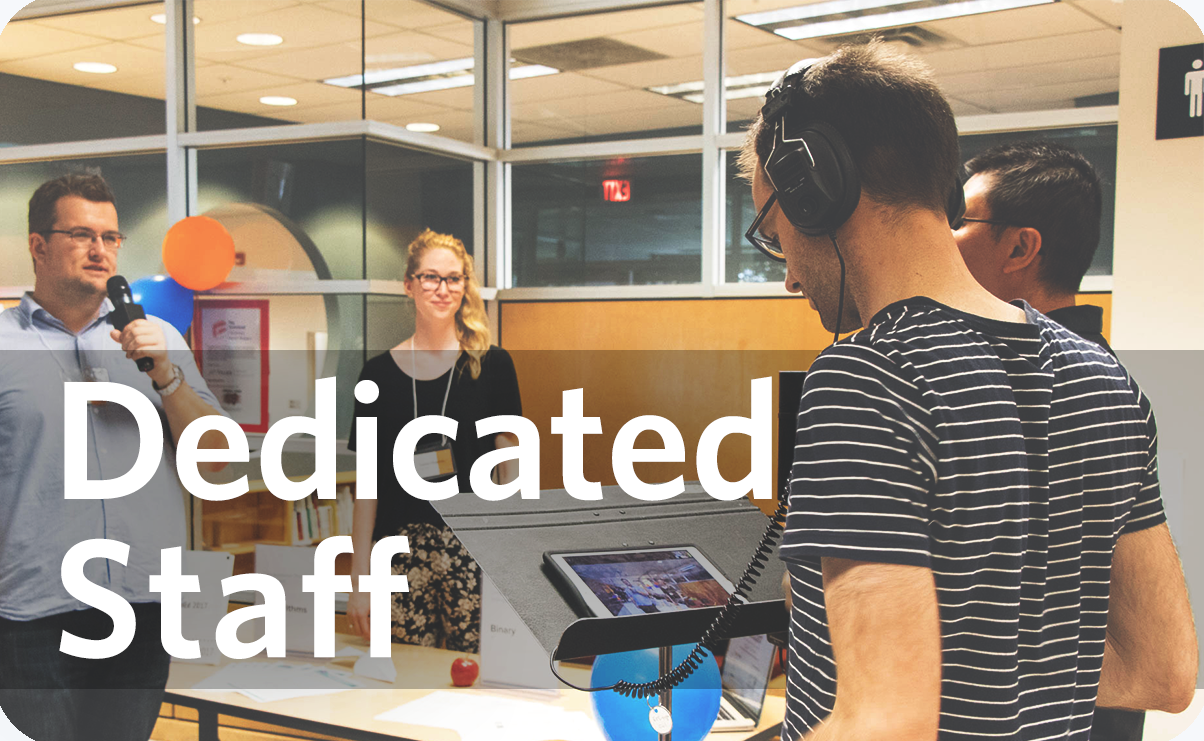
Video production request process:
- First, use the Video Production Time Estimator form to estimate the number of support hours required to complete your project. Then, completes the Video Production Request form and attach the estimate to the form.
- ETS provides initial consultation as well as offers DIY and centrally-funded options when appropriate.
- ETS forwards the request to the Unit Head with the project scope and the estimated required number of hours. The Unit Head then makes an informed decision whether the media production request should proceed or if it needs to be adjusted.
- Once the approval is received, the request is forwarded to UBC AV or UBC Studios who would contact you directly.
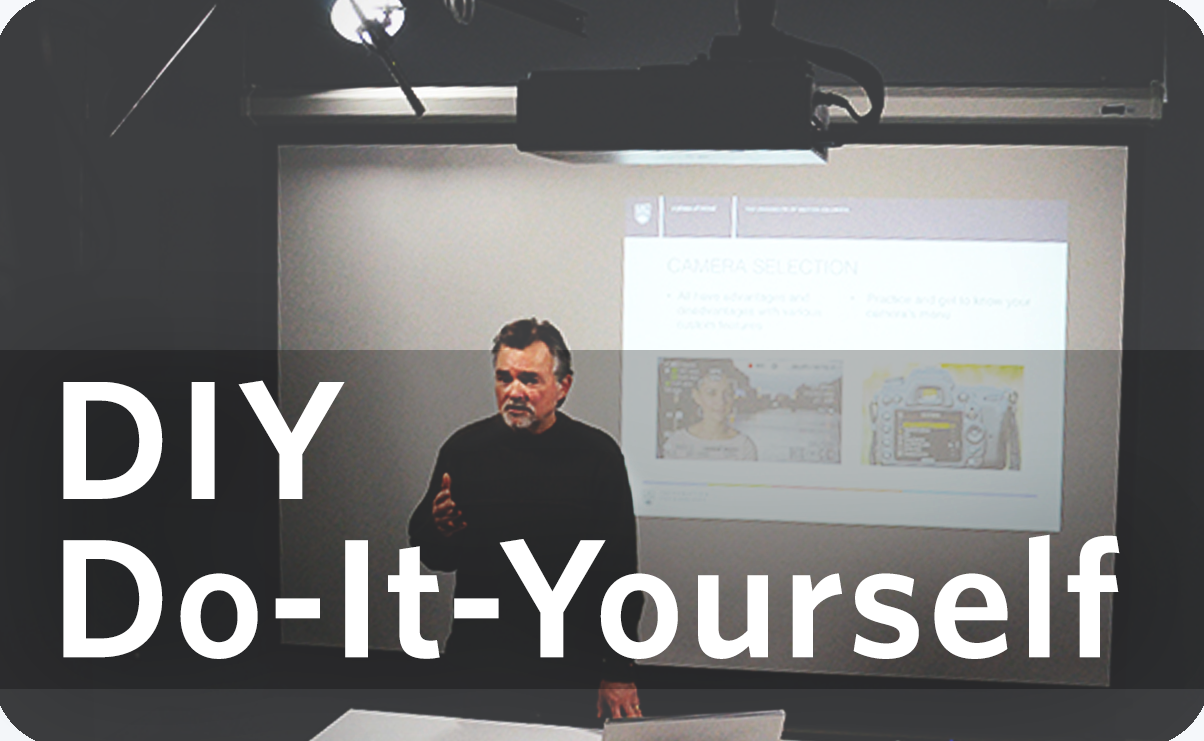
Do-It-Yourself options:
- One-button studio is a bookable space at UBC Studios for you to record with a pre-configured camera and microphone. This is a self-served space. [Sample recording]
- Lightboard studio is a bookable space at UBC Studios where you can record videos with a transparent “whiteboard”. This is a free, semi-supported space. [Sample recording]
- Your own computer can be a very good tool to create Khan Academy style videos. ETS can show you how to create them by using CaptureSpace or Camtasia. [Sample recording]
- Cameras and microphones can be borrowed from the Learning Commons to record your own footage. If you are including other individuals in your recording, be sure to acquire consent using this Media Release Form. For editing your media content, you can have the industry-standard Adobe Creative Cloud suite installed on your UBC computer to edit your media. To access the Adobe Creative Cloud, send a support ticket to UBC IT.
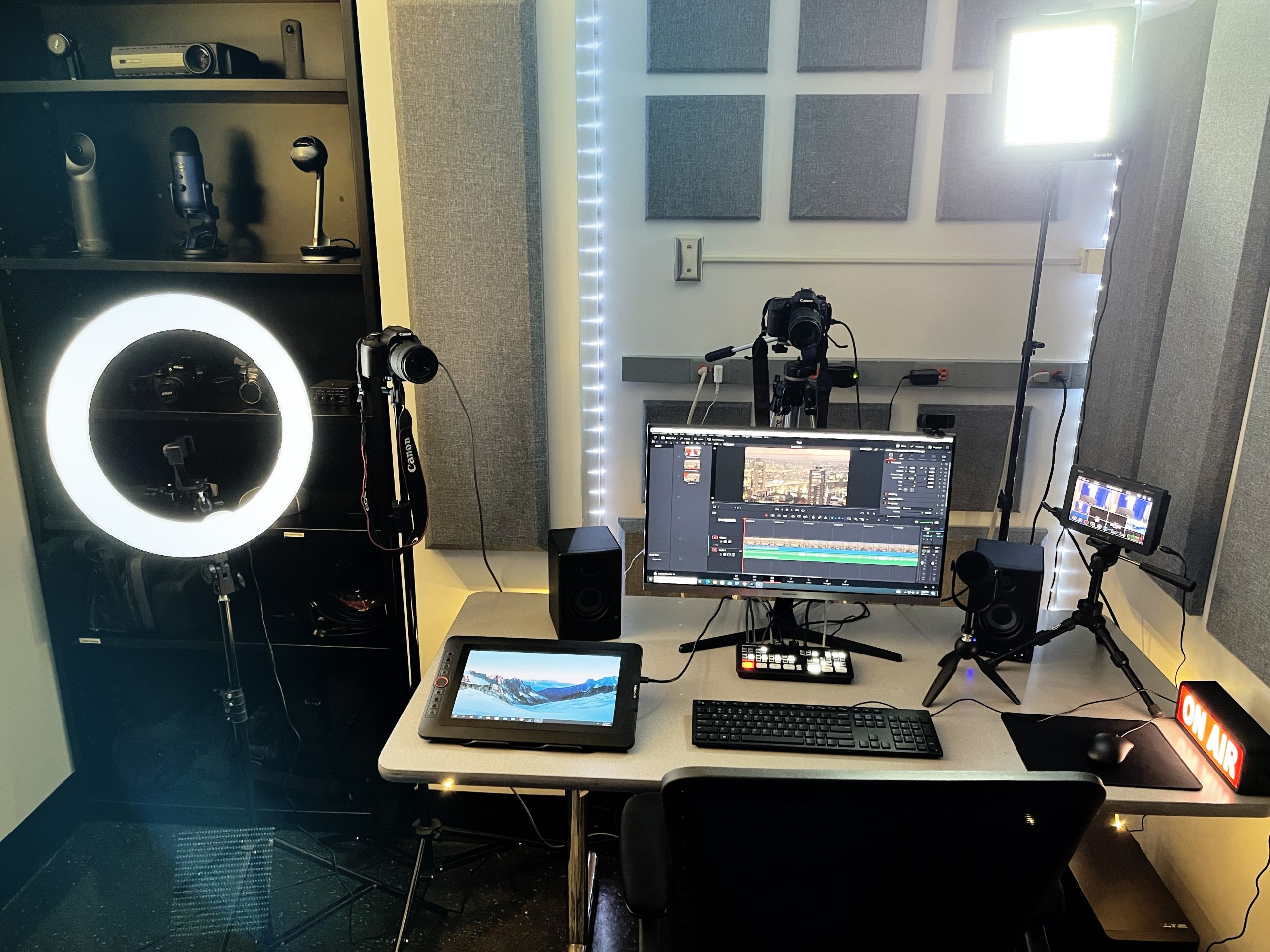

The Faculty of Education (FoE) Studio is s a multimedia production space located in the Neville Scarfe Building, Room 1009, in the Faculty of Education (FoE).
Its purpose is to provide FoE instructors and staff with an accessible and specialized space equipped with state of the art audio-visual equipment and professional assistance to create high-quality educational materials, videos, and podcasts. To learn more, visit the following link: FoE Studio

